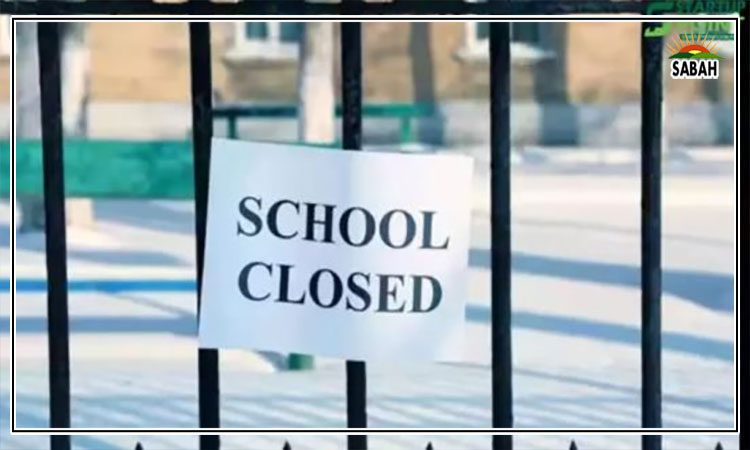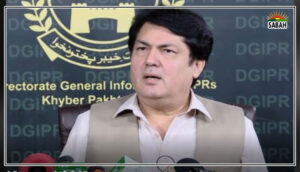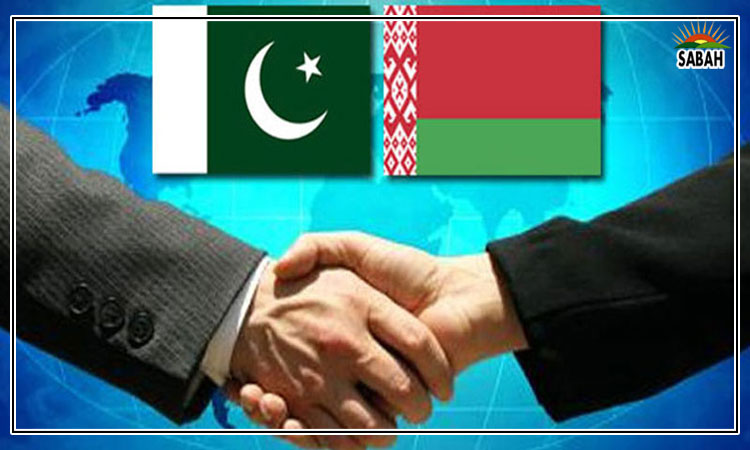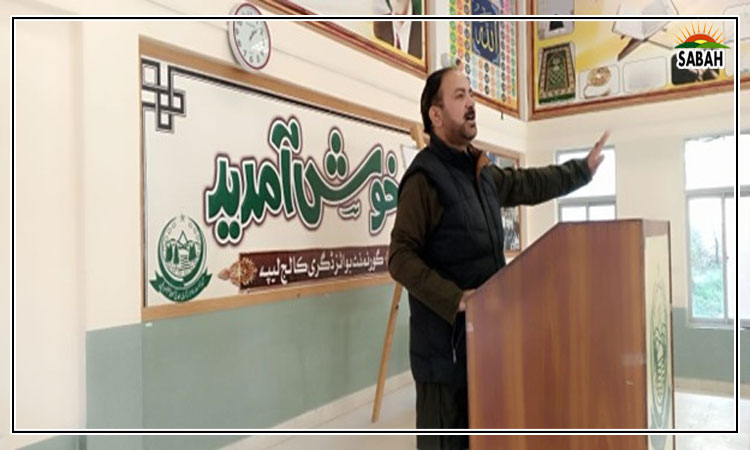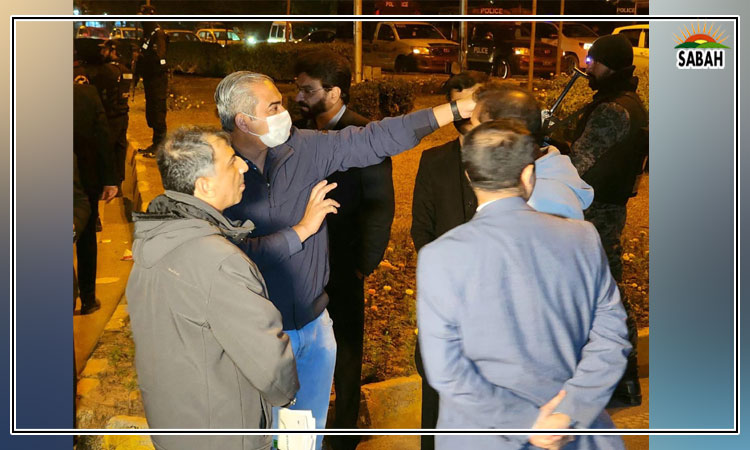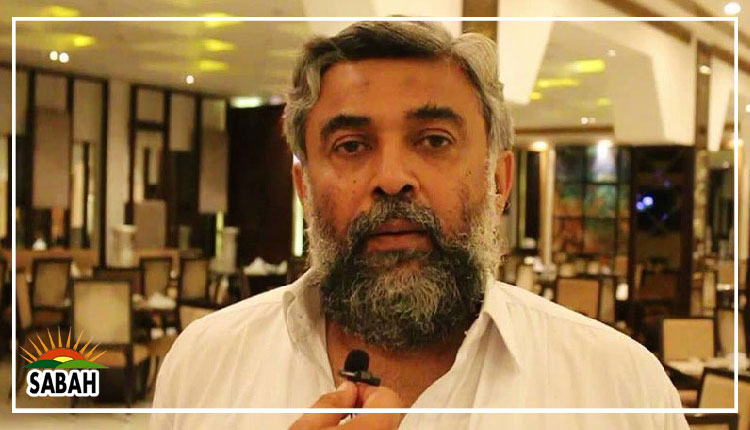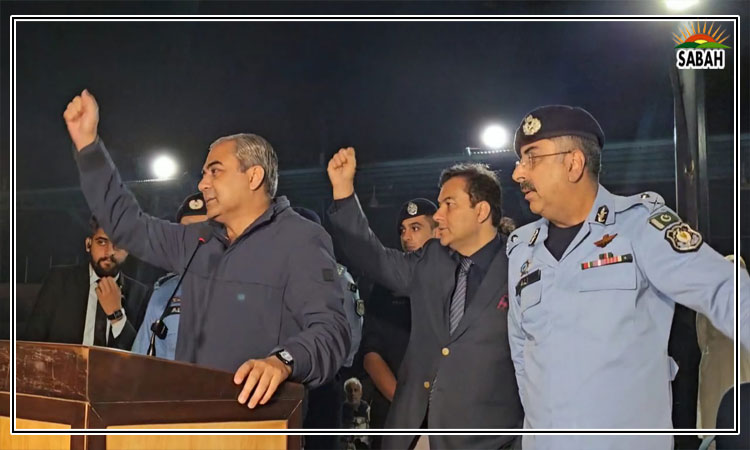What awaits the new PM…Khurram Husain
UNLESS things have gone horribly wrong, Pakistan should be getting a new prime minister very soon after the National Assembly session today. The new prime minister should know what awaits him as he enters office. Here is a brief rundown.
The economy has stabilised since Shehbaz Sharif was last prime minister. In his closing days, he managed to get the country onto a short-term Stand-by Arrangement (SBA) with the IMF, along with its associated inflows from Saudi Arabia and the UAE, which ensured the programme remains fully financed. Pakistan pulled back from the brink of a catastrophic default at that moment, and since then, the finance team under the caretaker set-up has managed to stay the course envisioned in the programme.
This does not mean the country is out of danger. It just means we went into a holding pattern, a temporary arresting of the slide towards catastrophe. This is all the programme was designed to do. For now, things are broadly on track. Targets for fiscal deficit, foreign exchange reserves, the current account deficit are more or less in line with where they are supposed to be, and the country has passed its last review relatively smoothly.
There will be one more review right after the new PM and his team enter office. Chances are they will pass that too. And then comes the real test: the successor programme the new PM is going to have to get into right away. The current one was what its name suggests, a stand-by arrangement. It was designed to avert a catastrophic default. It was not designed to remedy the underlying problems that have been bringing the country to the edge of this default every year since 2022.
Limited fiscal and foreign exchange space means the new PM will have very limited room to buy back the votes his party lost.
The targets contained in the SBA provide a clue as to what will be required by the successor programme. For example, the current account deficit cannot exceed 1.5 per cent of GDP till at least 2028. This means no pumping growth for the next four years.
The incoming prime minister will seek fiscal and foreign exchange space almost immediately upon landing in office. This means a customary visit to the Gulf partners, and perhaps another reach-out to the Chinese, although the latter have made clear the days of rescue lending are over. It is possible some sort of deal will be worked out through the offices of the Special Investment Facilitation Council, but it is unlikely that this deal will bring foreign exchange in quantities sufficient to satisfy the governments requirements.
More tiresome will be the fiscal question. Monetising our deficits is what brought us to the position we are in. For almost a quarter of a century now, successive governments have resorted to short bursts of money printing in order to pay their bills as elections approached. But since 2017, this practice has become a near-permanent state of affairs, with one short-lived pause running for a year starting July 2019. Little surprise that since 2017 the dollar has tripled in value against the rupee, and inflation has reached record highs and is refusing to come down.
The new PM will not have resort to this traditional mechanism, especially given the heightened vigilance that the Fund programme will bring. Which means we will have very limited fiscal space in which to formulate the budget for FY25, an exercise which will begin almost immediately upon the entry of his team into their respective offices.
Limited fiscal and foreign exchange space means the new PM will have very limited room to buy back the votes his party lost, especially along GT Road, which was their core constituency. Without the resources to deliver some of the promises made on the campaign trail, the new PM could be left to hobble along with a compromised mandate and a fractured economy. He will have to find a way to avoid this predicament.
But how? There will be no time and no resources with which to buy back lost voters. All of his efforts are going to need to be directed towards the critical task of repairing the states financial health.
This is separate from the economys requirements to grow and secure the prosperity of the common citizenry. The states dysfunctions have now grown to such proportions that it is difficult to see how any government can devote much energy to anything other than repairing these.
There will be no proverbial honeymoon period. A cascade of rising energy prices is upon us. Power tariffs have doubled for all households since the caretaker government entered office. Gas tariffs have risen in two stages, with the last one seeing a 223pc hike, according to the Federation of Pakistan Chamber of Commerce and Industry. Most industry people now say they are preparing for closure by end of year latest. This is not a reversible position. The new PM will have little to no space in which to bring these tariffs down.
In the realm of energy pricing, something has passed unnoticed in the din and commotion our country was engulfed in. As of January, many Chinese power projects have had their capacity charges revised based on new inflation and exchange rate figures.
The new charges have tripled. I dont know whether this tripling is yet reflected in our bills. What will be reflected in the bills coming our way in March is the Rs7 per unit fuel cost adjustment approved by Nepra a few days ago. This is a historic high, according to newspaper reports.
A flood of high costs, industry grievances, inflation-afflicted voters, a moribund economy, weary creditors await the new PM. The room to deliver on any campaign promises will be severely constrained. It would be a good idea for him to manage expectations early, and tell the country in his inaugural address that healing is required, but that sometimes healing can be painful.
Courtesy Dawn



